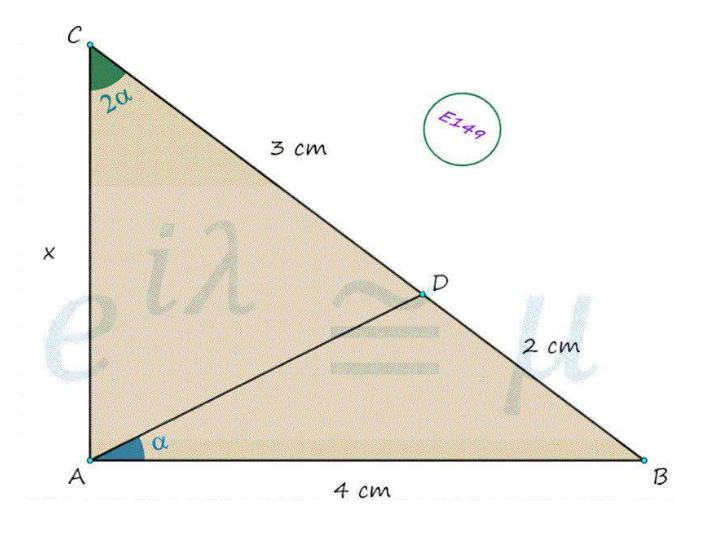
AllQuestion and Answers: Page 749
Question Number 144293 Answers: 1 Comments: 0

Question Number 144291 Answers: 1 Comments: 0

Question Number 144282 Answers: 1 Comments: 0
Question Number 144273 Answers: 1 Comments: 0

Question Number 144272 Answers: 1 Comments: 0
Question Number 144271 Answers: 3 Comments: 1
Question Number 144270 Answers: 1 Comments: 0

Question Number 144269 Answers: 1 Comments: 0
Question Number 144268 Answers: 2 Comments: 0

Question Number 144264 Answers: 0 Comments: 0
Question Number 144261 Answers: 1 Comments: 1
Question Number 144260 Answers: 2 Comments: 0
Question Number 144249 Answers: 2 Comments: 0
Question Number 144248 Answers: 1 Comments: 0

Question Number 144246 Answers: 1 Comments: 0
Question Number 144245 Answers: 2 Comments: 0
Question Number 144244 Answers: 1 Comments: 0
Question Number 144241 Answers: 2 Comments: 0
Question Number 144237 Answers: 2 Comments: 0

Question Number 144234 Answers: 1 Comments: 0
$$\int\:\frac{\sqrt{{x}^{\mathrm{2}} \:-\:{x}}}{{x}^{\mathrm{3}} }\:{dx}\:=\:? \\ $$
Question Number 144231 Answers: 1 Comments: 0
Question Number 144226 Answers: 1 Comments: 1

Question Number 144222 Answers: 0 Comments: 0
Question Number 144221 Answers: 0 Comments: 0
Question Number 144220 Answers: 1 Comments: 0
Question Number 144219 Answers: 1 Comments: 0
Pg 744 Pg 745 Pg 746 Pg 747 Pg 748 Pg 749 Pg 750 Pg 751 Pg 752 Pg 753
